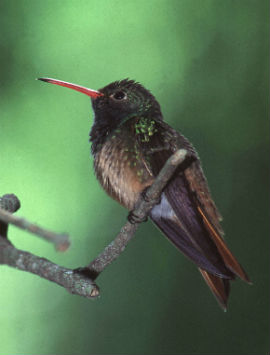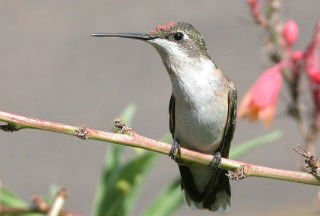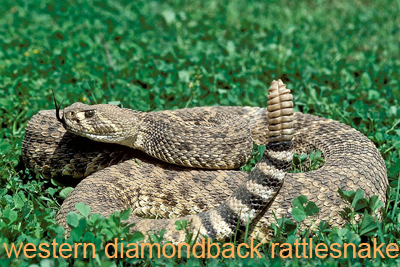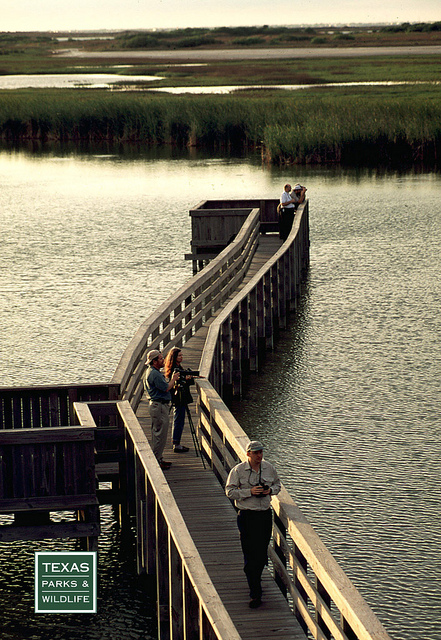TPW TV: All in the Family
Thursday, April 30th, 2015
This is Passport to Texas
Since 1885, Albert Giles’ descendants have preserved the heritage of Texas through stewardship of his Hillingdon Ranch in Comfort. Biologist, Richard Heilbrun, nominated the site for a Lone Star Land Steward Award.
10— Over 97 percent of Texas is privately owned [and] managed, so without private landowners and good stewards like these folks, we don’t stand a chance in making strides toward better wildlife habitat.
Four families, all descendants of original owner, Albert Giles, oversee the property: great grandson, Robin Giles.
08—I actually own 4.8 acres but we run from 14 to 18,000 acres; we have to answer to about 50 family members who are the owners.
In addition to running cattle, goats and sheep on the land, they have a fiber business, and do outreach in the community. Cousin, Myrna Langford, a master naturalist, says habitat for wildlife like deer and turkey is always top of mind.
08—It is our job to see that the habitat continues to be conducive to these particular species.
Giles says balance in all things is critical.
16— I think the most unique thing about the way we produce meat and fiber is also an environment for a tremendous amount of wildlife, too. It can coexist. You can make a living producing, and you can preserve the land and the wildlife.
View a segment on the Giles family next week on a segment of the PBS TV Series. Check your Local listings.
The Wildlife and Sport Fish Restoration Program supports our series and works to increase fishing and boating opportunities in Texas.
For Texas Parks and Wildlife…I’m Cecilia Nasti.






 Passport to Texas is a
Passport to Texas is a  Passport to Texas is made available by:
Passport to Texas is made available by: